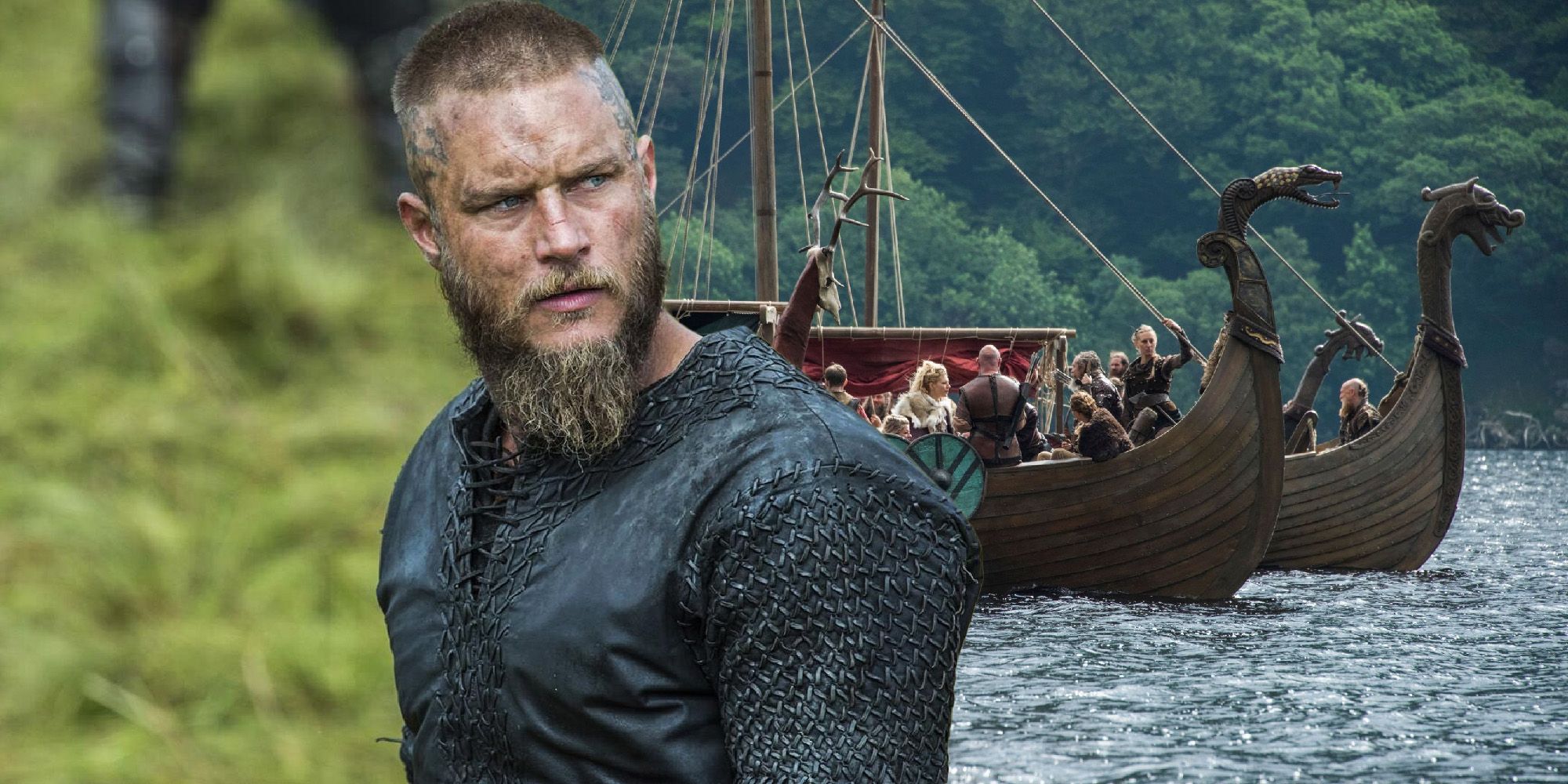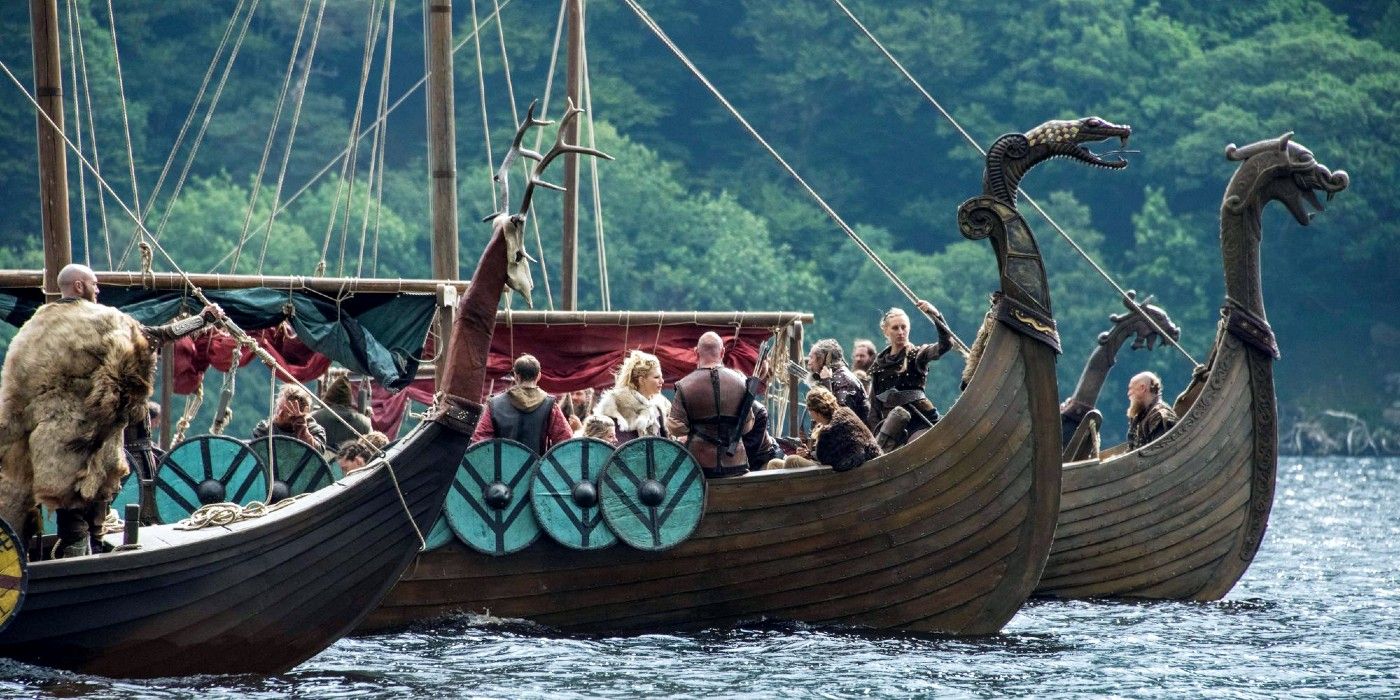Vikings takes many elements from history, and the carved animal heads on the longboats are there for a reason – here’s what they mean. Created by Michael Hirst (The Tudors), Vikings made its debut on History Channel in 2013, and even though it was originally planned to be a miniseries (which is why season 1 is shorter than the rest), it was quickly renewed for a second season, allowing viewers to follow Ragnar’s story and beyond.
Vikings initially followed legendary Norse figure Ragnar Lothbrok (Travis Fimmel) and his travels and raids alongside his Viking brothers (among those his real brother, Rollo), from the Lindisfarne raid (seen in season 1), onward. As the series progressed, it gradually shifted its focus to Ragnar’s sons and their own travels, thus making them the protagonists, though that didn’t make Ragnar’s departure in season 4 any easier. Still, Vikings kept its fanbase until its sixth and final season, with viewers becoming more and more fascinated by Viking culture and all the history behind the series, which might not always be accurate, but many details in it are.
Such is the case of the longships, one of the most defining elements of Vikings. Although they are best known as warriors, Vikings had advanced sailing and navigational skills, as depicted in the series, and their ships were used for exploring the oceans, raiding, or just fishing. Viking ships came in different sizes and shapes, but the ones often associated with them are the longships, which were fast, durable, and allowed them to navigate rough waters or shallow rivers. In Vikings, the talent behind the boats used by Ragnar and company was Floki (Gustaf Skarsgård), Kattegat’s prankster and a very eccentric man, but also an exceptional boatbuilder. The longships Ragnar and his crew sailed in had animal heads carved at the front, but these are not a product of Floki’s eccentricity, as real-life Viking ships also had them, and they were there for a reason.
Vikings believed in Norse religion, and many characters (especially Floki) were often seen worrying over what the Gods might think of their actions and if they would punish them somehow. They also believed in hostile spirits and did what they could to protect themselves from them. The carved beast heads at the front of the longships were there as protection, as Vikings believed they would scare the spirits of hostile lands – they could fight hundreds of people, but they weren’t too enthusiastic about encountering evil spirits, nor having these helping their enemies. These heads were removable, so they took them off when they got home so they wouldn’t scare the friendly spirits, as that could bring illness, a bad harvest, and other manifestations of bad luck.
Although the team behind Vikings had to use their imaginations to add to the series as some details about Viking culture are unclear or there simply aren’t any records of them, there are many things that are accurate, even if they are small. The carved animal heads might seem like unimportant details, but they actually have a lot of meaning and, most importantly, a purpose, showing that the Vikings paid attention to everything.


